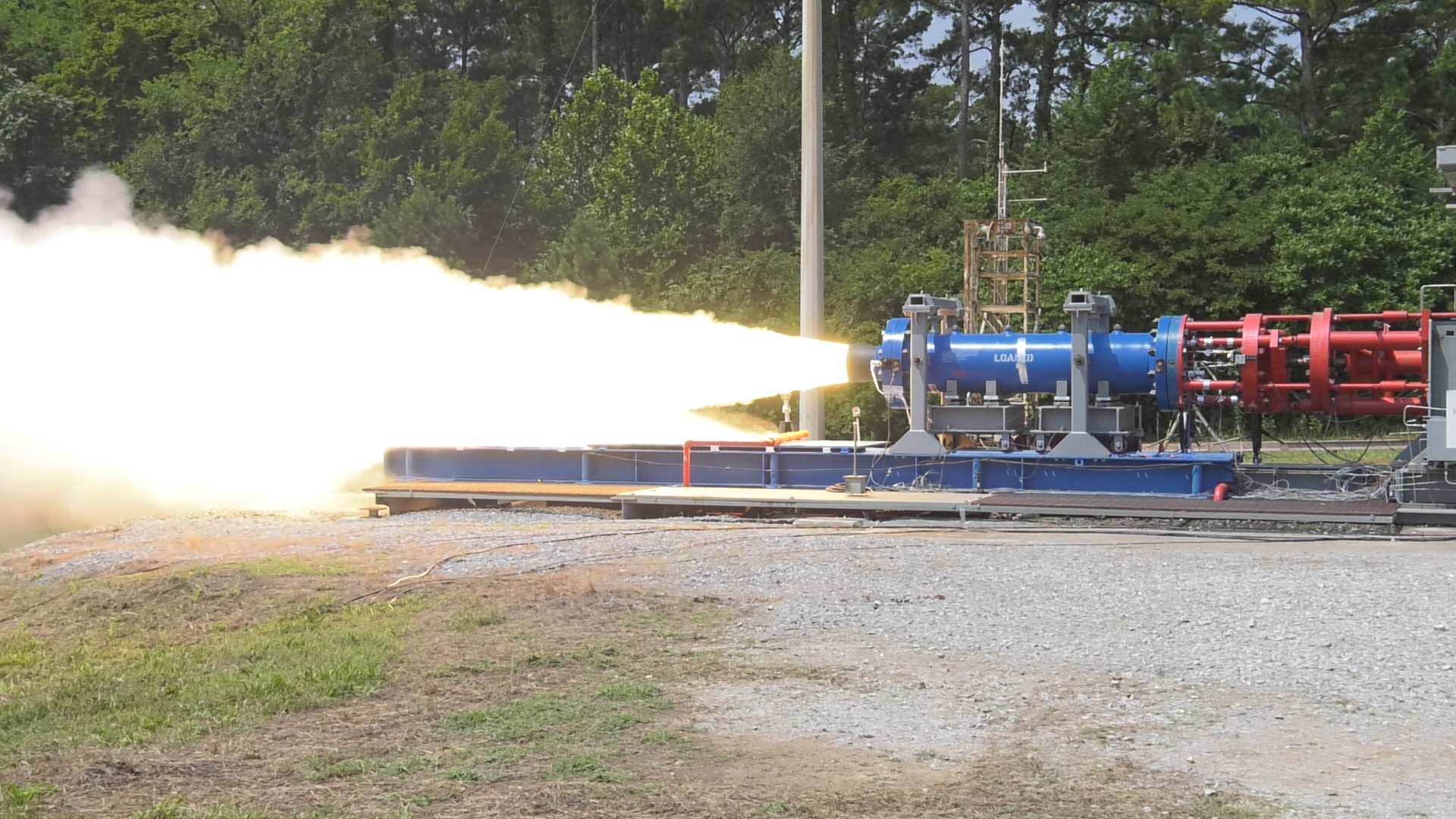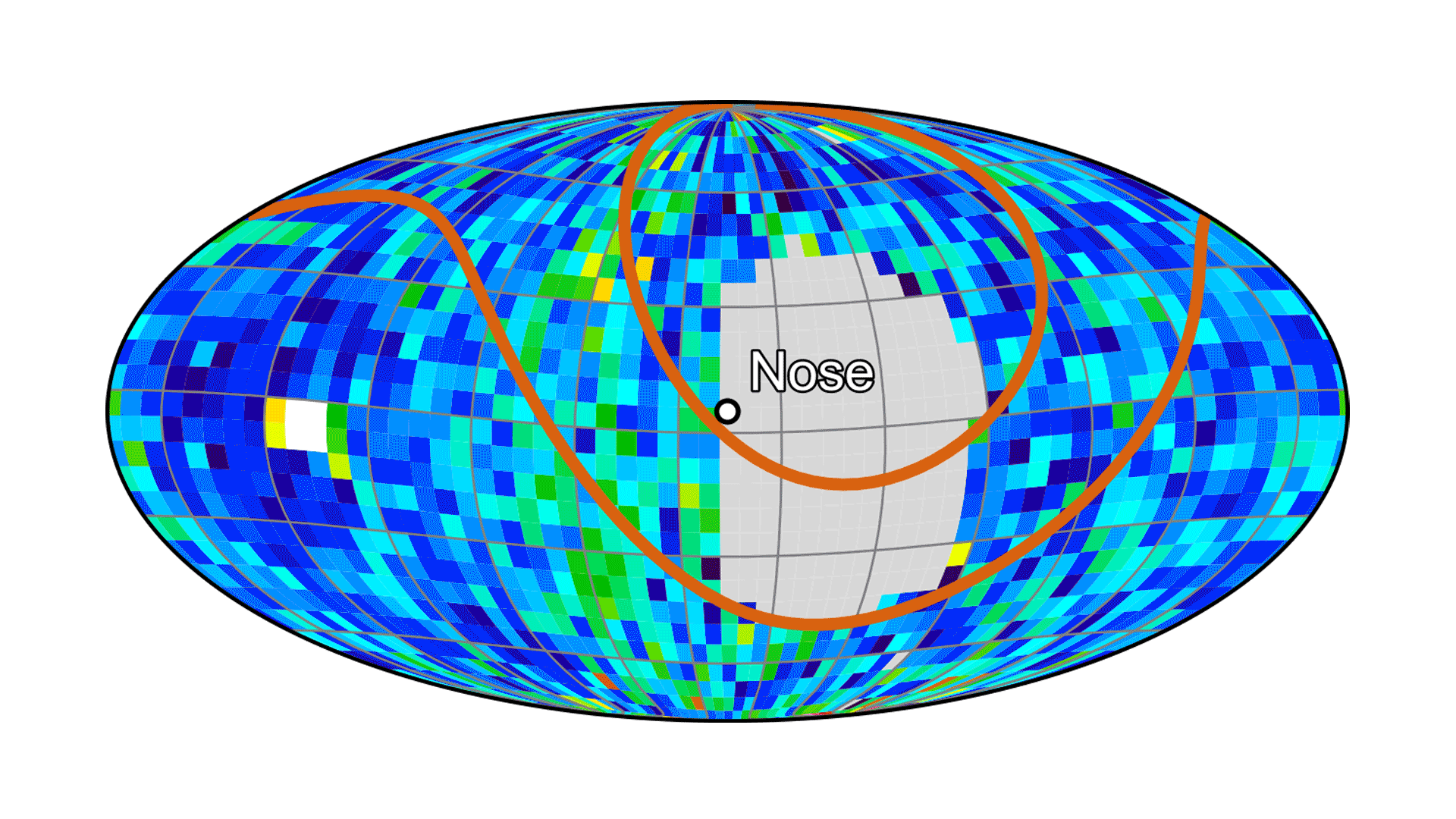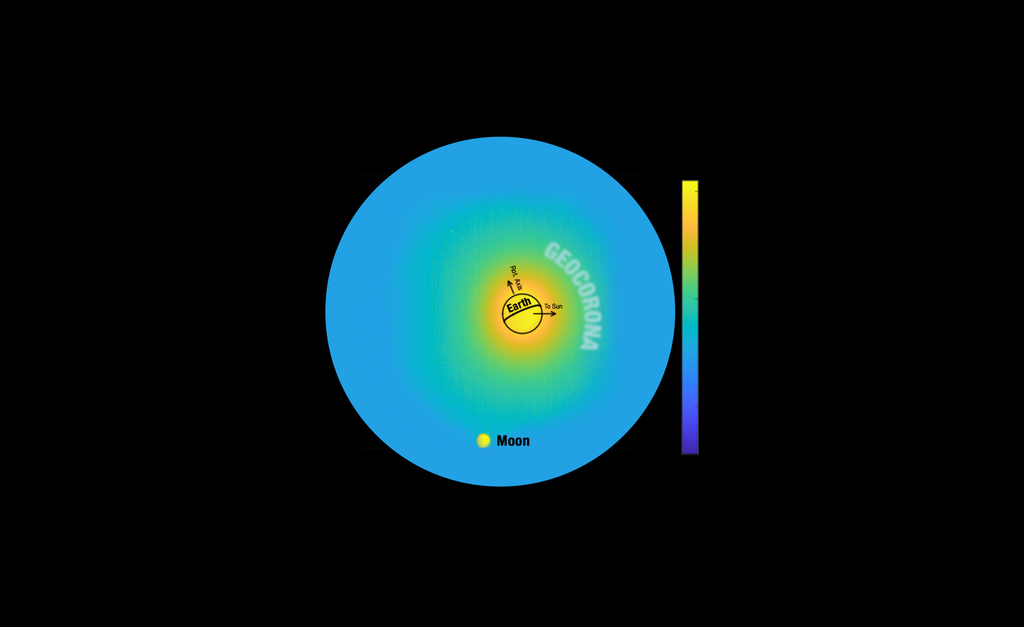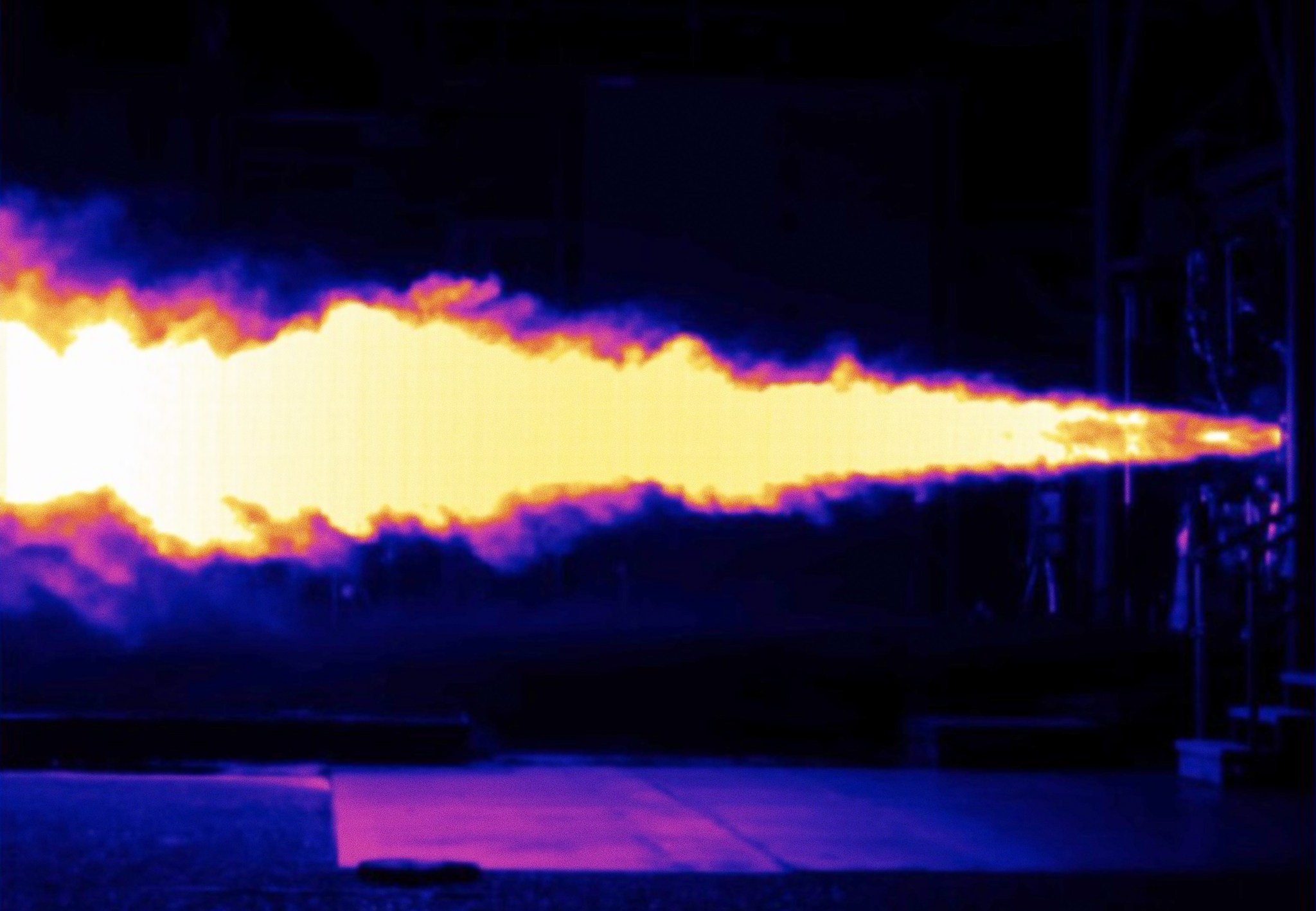Every piece of hardware flown in space is first tested rigorously on the ground to ensure that it can perform in extreme environments. Engineers at NASA’s Marshall Space Flight Center in Huntsville, Alabama, operate a sophisticated set of custom-built testing facilities to simulate these conditions, and recently concluded several test series for industry partners on various engine parts that could help humans explore the Moon and beyond.

“The advanced testing we performed in these facilities along with our expert workforce are essential for proving hardware for spaceflight to support the Artemis missions that will carry and sustain a human presence on the Moon,” said Nick Case, chief of Marshall’s Propulsion Test Branch, which operates the facilities. “We are very pleased that we have been able to resume testing and making forward progress while keeping our team and our customers safe.”
One of these advanced facilities is Test Facility 116, an open steel test stand structure, primarily used for subscale testing, with three adjacent test bays that can host large-scale/full-scale testing. The test stand is one of several at Marshall that provide an optimum environment for testing of smaller hardware items critical to rocket engines and their spacecraft, such as turbopumps, combustion chambers, or valves. Housed within Marshall’s East Test Area, test engineers support work and projects for NASA programs as well as industry partners and customers. A series of tests – often called a campaign – helps engineers evaluate and prove the performance of various components in specific conditions and scenarios.
This summer, Marshall engineers worked with Blue Origin of Kent, Washington, to perform a series of hot-fire tests on Blue Origin’s BE-7 engine thrust chamber assembly prototype. The BE-7 is an additively manufactured engine made to power in-space systems that are under development for various applications. This testing demonstrated features specifically enabled by additive manufacturing to provide high performance, and tested chamber pressures across the full throttle range. The BE-7 will power Blue Origin’s commercial cargo lunar lander system for both government and commercial customers.
Because of recent challenges presented by the COVID-19 outbreak, the test area workers across the East Test Area have taken extra safety precautions to allow work to continue, which include utilizing a mobile control room where tests can be monitored while keeping workers spatially distant. During testing series, engineers can collect data and monitor how the test article performs. Between tests, they can adjust parameters if needed, and perform safety checks.
In August, a 22-second hot fire test helped NASA and Northrop Grumman Corporation– the solid rocket booster prime contractor for NASA’s Space Launch System (SLS) rocket– evaluate a new nozzle material for the SLS solid rocket boosters. Such material changes are checked out in phases from sub-scale to full-scale tests and this 24-inch motor was a significant step in that process. The team was able to collect data to help verify use of the solvent on future SLS flights.
“Testing plays such an important, crucial role in preparing NASA and our partners to go to the Moon and beyond, safely,” said Ryan Wall, Marshall’s lead test engineer. “We are proud to be called upon to share our expertise, and work alongside our peers in the aerospace industry.”
To learn more about Marshall’s testing facilities and capabilities, visit here.
Janet Sudnik
Marshall Space Flight Center, Huntsville, Ala.
256-544-0034
janet.m.sudnik@nasa.gov



























